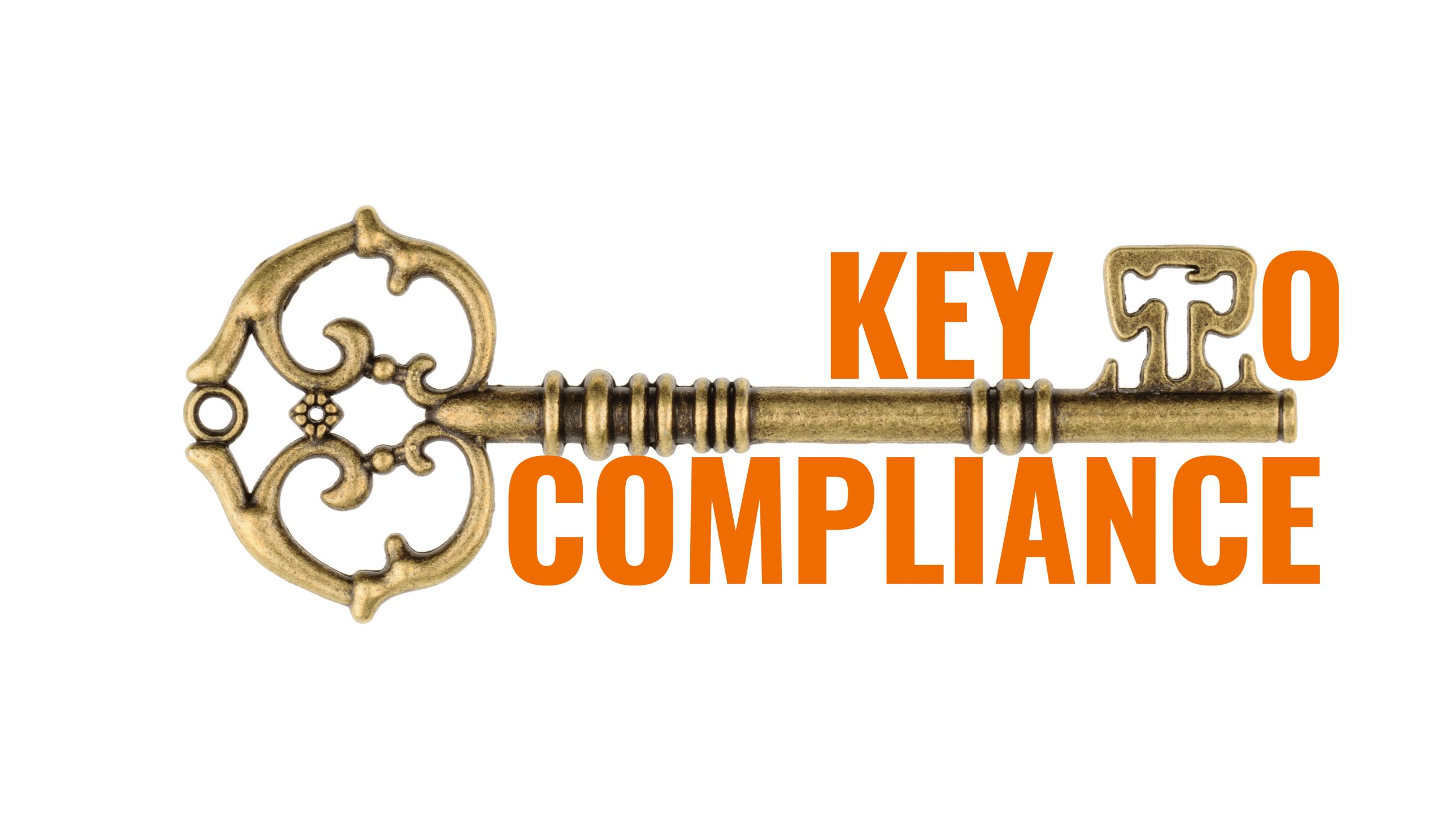Q – What would the FDA think about test documents with actual results typed in instead of being handwritten?
Details – With global teams we have to do a lot of scanning of documents for pre and post execution review, some would like to type the results and signatures so they can be reviewed more easily and eliminate the need to scan/fedex documents. These could not be technically consider ‘electronically’ completed as the software storing the documents does not have electronic signature capability.
What Expert Says – FDA considers the original data the be the record(s) you generate during the execution of the protocol. If you’re handwriting data as you execute the steps of the protocol, then the handwritten record would considered the original and you must maintain it as such. If you want to transcribe the handwritten data, you could create a validated/qualified transcription process, however, you would still maintain the handwritten original. Additionally, the electrnoic transcriptions must also be maintained as auditable electronic records (since you’re likely using the transcription to make pass/fail decisions) so there would be absolutely no busiess advantage since you’re essentially doubling the work of record maintenance. Regarding this statement,”These could not be technically considered ‘electronically’ completed as the software storing the documents does not have electronic signature capability,” this is a common misconception that I’ve seen before. An electronic record isn’t defined by having an electronic signature, it’s defined by the source/use of the data (ie to make GxP decisions). An electronic record can be approved as easily by a handwritten signature as an electronic signature, however, the electronic record must still have appropriate access controls and audit trail.
Overall, it sounds like you have a handwritten protocol execution process that you want to streamline for business reasons. If that’s the case, then I recommend one of two paths: either 1) Continue to execute your protocols by hand and improve your document scanning/imaging capability, or 2) go totally electronic with a validated system like ValGenesis. I would not recommend using a transcription process because it’s costly and you still have to maintain the original record.
Q – Is it ok to dispose of red-lined documents after completion of a promotional review ? (CFR21, Part 11)
Answer – It is not necessary to retain intermediate or draft versions of any document that is required by a predicate rule. You have a document management system in place that requires review and approval of all changes and that a revision history is maintained. Likewise, your system should ensure controlled access to the approved versions and that no unauthorized changes are allowed. Your overall SOP for document control should stipulate that draft or red lined versions of documents will not be retained.
